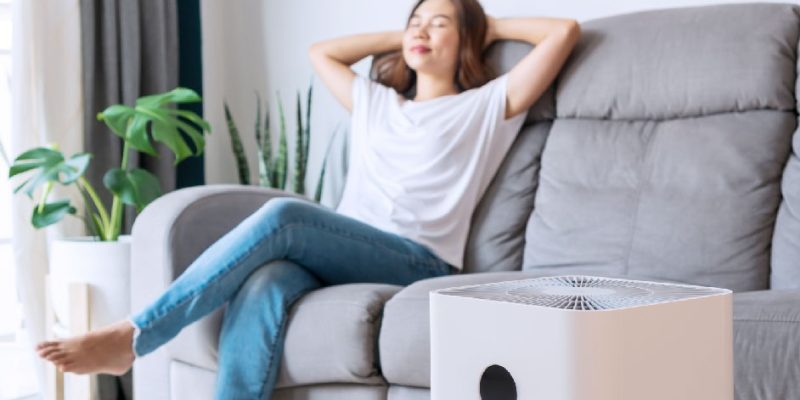Air purifiers have surged in popularity, promoted as a solution to everything from allergens to pet dander and, importantly, unpleasant odors. The advertisements suggest that by simply plugging in these devices, you can bid farewell to lingering cooking smells, musty mildew, and the general funk that can accumulate in a home. But do air purifiers really live up to this odor-eliminating hype? The short answer is: it depends. While some air purifiers are highly effective at targeting odor-causing molecules, others offer little more than a placebo effect. Understanding the technology behind odor removal is crucial to making an informed purchase.
HEPA Filters: Capturing Particles, Not Odors
A high-efficiency particulate air (HEPA) filter is a staple in many air purifiers. These filters excel at trapping tiny particles like dust, pollen, and mold spores. While removing these particles does contribute to a cleaner-smelling environment by reducing the overall “stuffiness” in the air, HEPA filters alone are largely ineffective against odors. Odors are typically caused by volatile organic compounds (VOCs) – gases released from various sources. HEPA filters are designed to capture solid particles, not gaseous pollutants. So, while your HEPA-equipped air purifier might be improving air quality in other ways, don’t expect it to magically erase the smell of last night’s fish fry. So does an air purifier help with smell? Here are the details for you.
Activated Carbon: The Odor Eliminator Workhorse
The key to odor removal in air purifiers lies in a different type of filtration: activated carbon. Activated carbon filters are incredibly porous materials with a massive surface area. This allows them to adsorb (not absorb, but adhere to the surface) VOCs and other odor-causing gases. As air passes through the filter, these molecules bind to the carbon, effectively trapping and neutralizing the odor. The effectiveness of an activated carbon filter depends on several factors, including the quality and quantity of carbon used, as well as the flow rate of air through the purifier. Thicker filters with higher amounts of activated carbon are generally more effective and last longer.
Ozone Generators: A Risky Alternative?
Some air purifiers utilize ozone generation as a method of odor removal. Ozone is a powerful oxidizing agent that can react with odor-causing molecules, neutralizing them. However, ozone is also a lung irritant and can be harmful to human health. The EPA strongly advises against using ozone generators, especially in occupied spaces. While some air purifiers produce only small, supposedly “safe” levels of ozone, the potential risks often outweigh the benefits. Opting for an activated carbon filter is a safer and more reliable method for odor removal.
Choosing the Right Air Purifier for Odor Control
Ultimately, the effectiveness of an air purifier in eliminating odors hinges on its filtration technology. Look for air purifiers that specifically advertise activated carbon filters and provide details about the amount of carbon used. Consider the size of the room you intend to purify, as larger rooms require purifiers with higher airflow rates. Remember that air purifiers are one piece of the puzzle; good ventilation, regular cleaning and addressing the source of the odor are also critical for a truly fresh-smelling home.
.








Comments